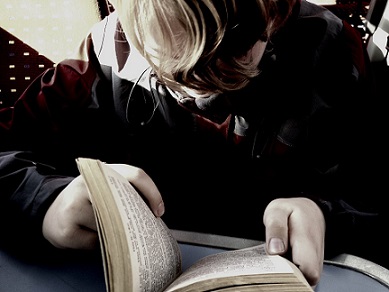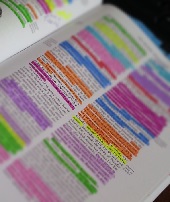Your cart is currently empty!

Close Reading – Literacy, Post
Close Reading – Literacy
Close Reading – Literacy discusses the three levels of reading difficulty: In the classroom these are:
>>texts for pleasure,
>>texts with add-ons — pictures, at a middle level of difficulty, and
>>texts for close reading
All of these levels are provided to students in each year level in the schools.
Links to related topics or lesson packs:
Reading – 3 Levels of Text, Post Upper Primary School, Page Homework – Relevant and Short, Post Middle Primary School, Page “Black Death” Literacy Grades 6-8 “Grasses are Graminoides” Science Grades 5-6
Close Reading: The highest level of difficulty in texts requires close reading. By close reading we mean every word counts. Compare it to an adult reading an Act of Parliament! Text at this level calls for two readings.
>>The first reading is for working out the words, and
>>the second reading is to grasp the content.
To read this higher level text, the student should move slowly through it and read what’s written. This is not the time to guess or anticipate what comes next!
How to measure the level of the text: If the student is hesitant on the first reading of a text then it is pitched at a good level. Students may sigh at the end of it with, “Thank goodness that’s over”. That’s the moment to praise! That’s the moment of achievement!
The second reading is much easier. With the second reading, the student is familiar with the words. The second reading is for understanding. This is when the student puts the words together in context and relates them to each other.
Is your child challenged? When working out how well the child is reading, ask yourself
- how often the student is being challenged, and
- how much close reading is taking place in lessons.
- Distinguish between leisure reading and texts that require two readings.
What every child needs: To progress with reading skills, a child needs
-
-
- text in increasing levels of difficulty and length.
- The opportunity to read, uninterrupted.
- Reading that takes the eye from left to right and top to bottom.
- Discussion of the text with an adult or teacher.
- The chance to write answers to questions about the text, and
- The right to check the text for answers.
-
With close reading, students can be expected
1 — to read the text, slowly and deliberately or study it in detail.
2 — to write answers based on the text, or express an opinion.
Students take much longer to deal with close reading.
The text is demanding. The sentences are more complex. Words are longer with 3, 4 or 5 syllables. And the answers call for specific information or opinion.
Getting the skills is the real task!. It is through close reading of demanding texts that children make the greatest progress.
Leisure reading produces fluency with the high frequency of words.
Middle ranking texts extend general knowledge and give students a good grasp of language conventions.
Fair use/dealing claimed on illustrations.